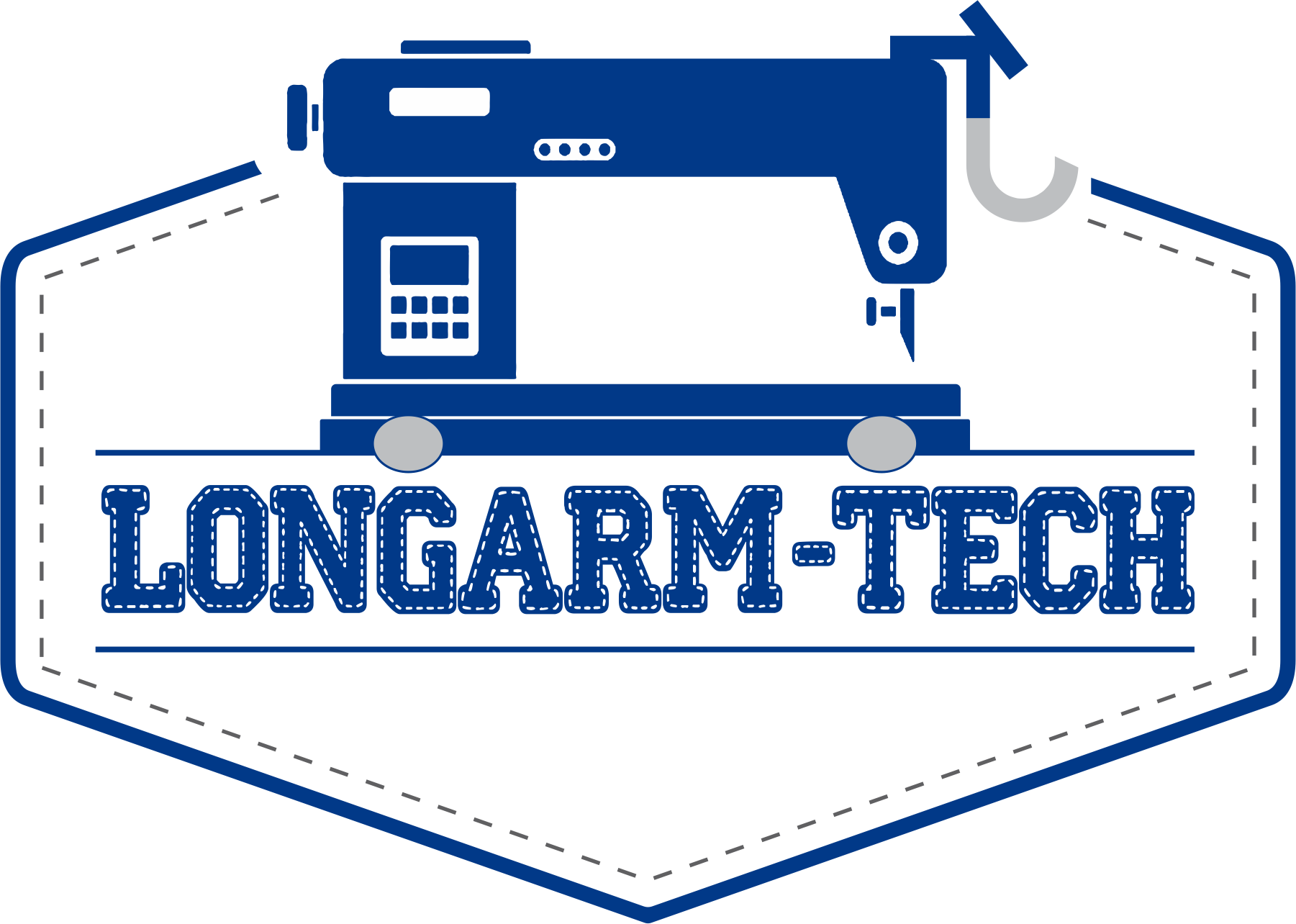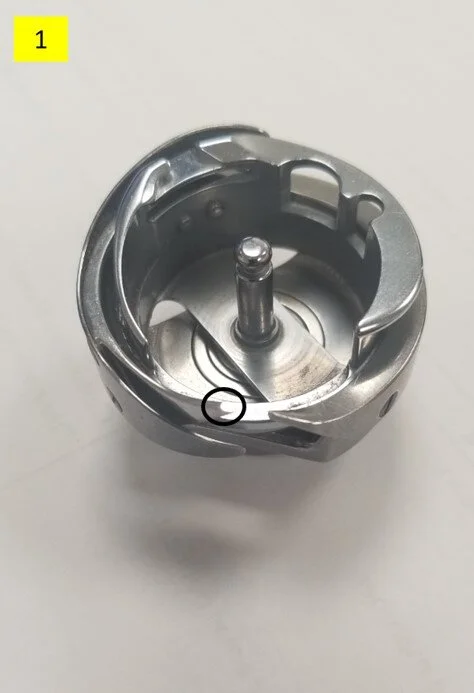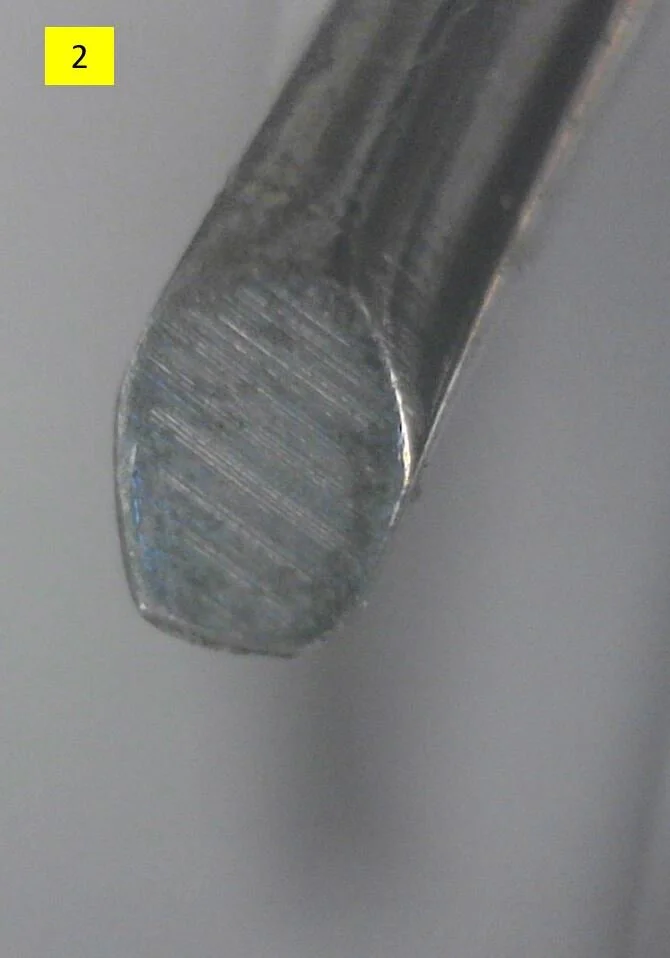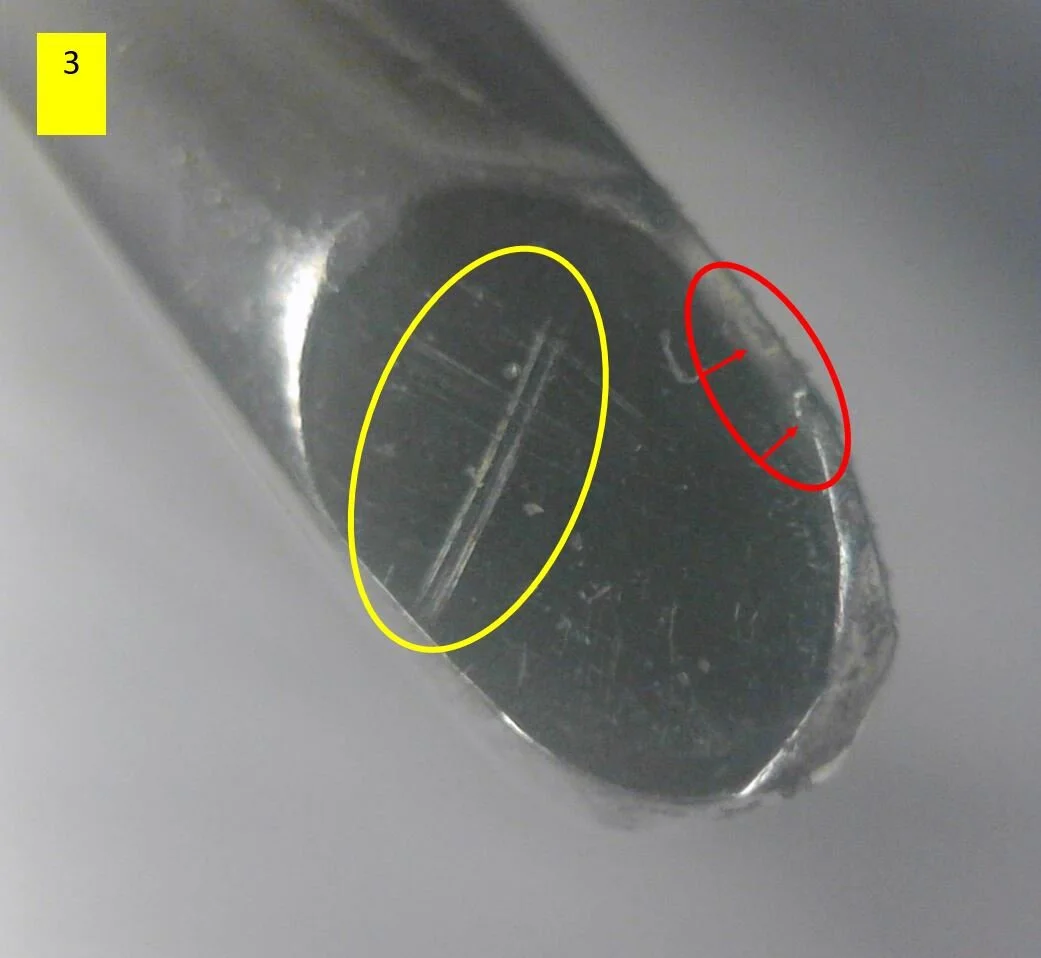Needle Event? Timing good but thread shredding? Check the hook....
I was recently called to repair a longarm that had run into a thick seam causing a jam that locked the hopping down (for more info on that problem click here).
To resolve the jam the machine had to be opened and a lever had to be placed back on the cam it rides on. I put the machine back together, and since there had been an “event” (an impact, jam, broken needle, etc.) I checked the timing in case it had been knocked out but it was spot on.
The customer threaded the machine and started stitching and immediately had a mess of missed stitches followed by shredded thread. Out of an abundance of caution I went ahead and re-timed the machine even though it measured to be “in-time” to no effect. The thread path was thoroughly checked for burrs or grooving of which there were none.
What gives?
Since there had been a stitching “event” it was theoretically possible the hook had been damaged. I installed a replacement, timed it, and by-doggies the machine stitched beautifully!
Back in the shop it was time to figure out what was wrong with the hook Pic 1 is the hook assembly, with the hook that grabs the thread circled in black. Next it was time to get out the trusty microscope.
Pic 2 is a good hook – note how smooth both the face and edges are.
Pic 3 shows the damaged hook – scratches across the face of the hook and not one but two gouges on the edge of the hook – it is the latter that were likely causing the skipped stitches as the thread would be caught on the gouge and pulled away from the stitch, and when hung on the gouge would eventually cause the thread to shred.
Anytime a stitching “collision/jam” event occurs the entire stitch formation ecosystem needs to be inspected for damage and any problems repaired or replaced.
Quilt on!
Do you have questions on this topic or a suggestion for another one you are interested in?



